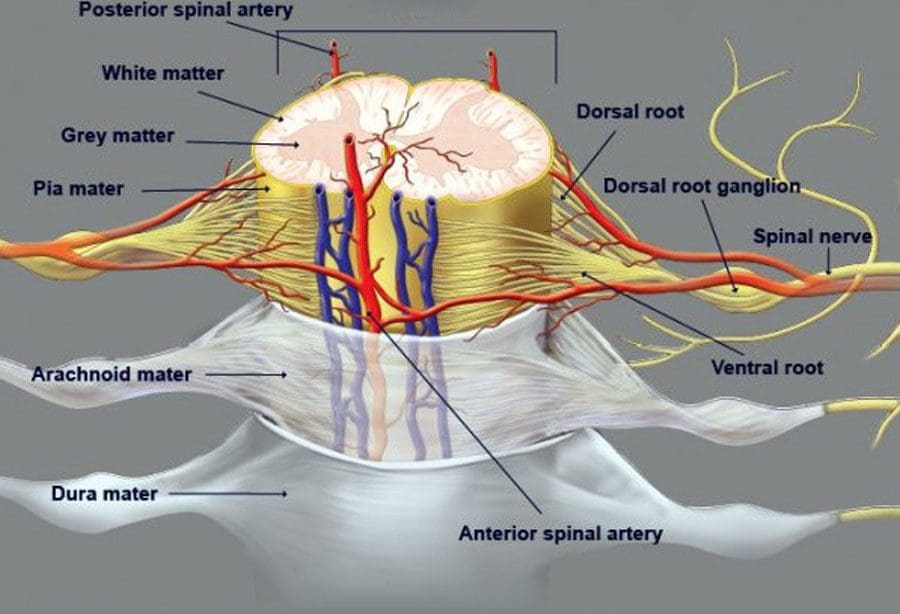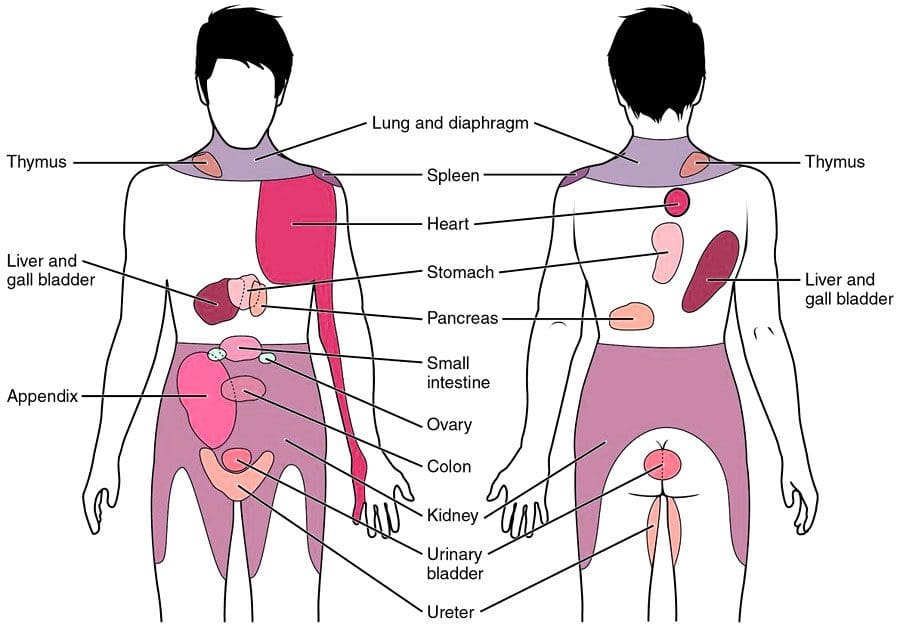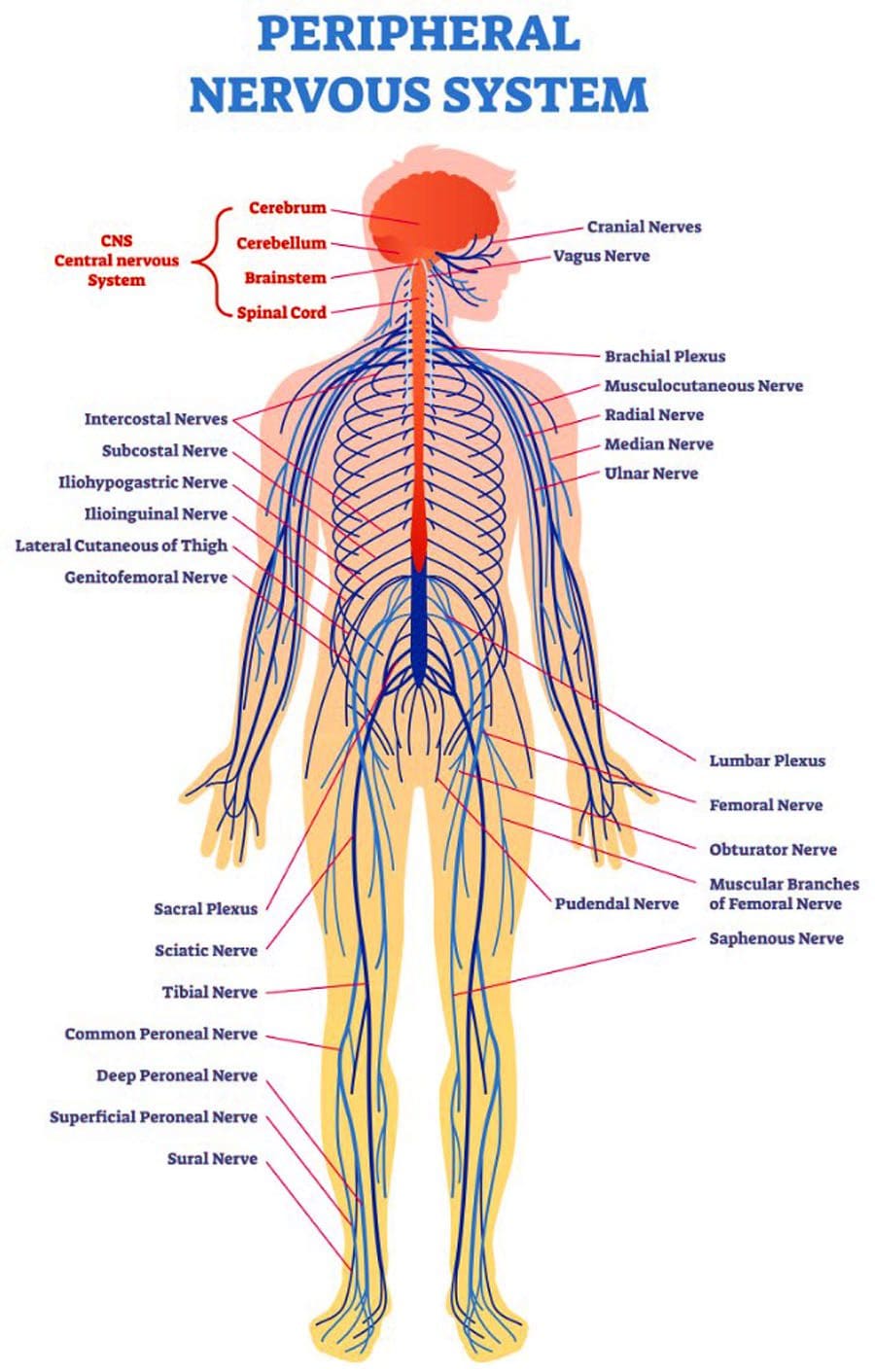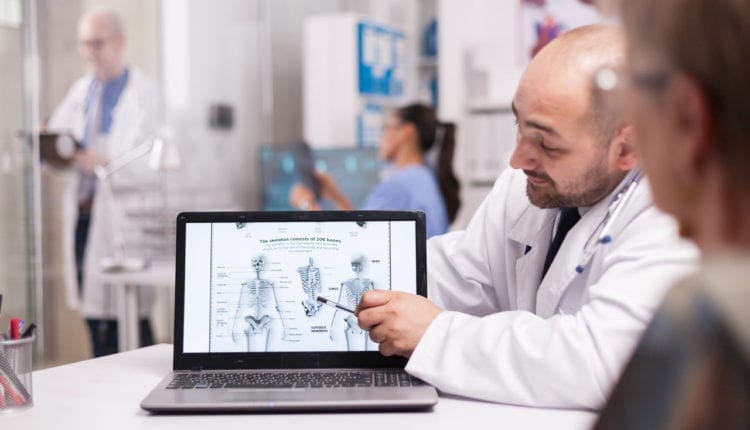Viscerosomatic Reflex Signals
Musculoskeletal pain and pain conditions are common at a chiropractic clinic. Sometimes it is not an apparent injury or illness but an underlying cause originating from an internal organ referring pain to the related somatic/bodily structures. This is known as a viscerosomatic reflex or disturbance. This reflex is a localized visceral stimulus that produces a response in segmentally related somatic structures. It affects the musculoskeletal system’s bones, muscles, joints, ligaments, and tendons resulting from a visceral pathologic state or disease.
- An example of a viscerosomatic reflex is the arm hurting during a heart attack.
- Viscero means organ, and somatic refers to the body or muscular system.
- The concept of viscerosomatic reflex is an interrelationship between any organ/viscera and a closely related part of the body’s structure/soma.
- Viscerosomatic reactions are essential to understanding how the body is interconnected.
A viscerosomatic reaction happens when a pain signal from an organ gets passed on through the spinal cord, where neurons and peripheral motor structures like the muscles, blood vessels, and skin are interconnected/linked. The life-saving techniques that include the Heimlich maneuver and CPR chest compressions are examples of how one part of the body/organ can get affected/injured/ill and is remedied by treating another part of the body.

Table of Contents
Viscerosomatic Symptoms
Common signs and symptoms include:
- Hard to pinpoint general pain
- Skin changes include:
- Sweaty, dry, red, or pale/whitening
- Hypersensitive or chronic discomfort
- Paresthesia

- Rigid muscles and spasms.
- Deep, dull, aching pain that is difficult to reproduce.
- Pain with no pattern could be better or worse in the morning or night, better or worse after activity or resting.
- Chronic pain that lasts 90 days with little to no change.
- Medical history of gastrointestinal, liver, and lung disorders or infections.
Pathology is the study of the causes and effects of disease or injury. A disease or injury in an organ or organ system creates a response in the somatic system. Visceral reflexes produce non-skeletal muscular responses in internal organs like the heart, blood vessels, and organs.
Reflexes
Somatic and visceral reflexes are two types of neural circuits generated by systems within the peripheral nervous system. These are the somatic nervous system which produces bodily reflexes, and the autonomic nervous system, which creates visceral reflexes. Both are essential for coordinating the central nervous system and the affected organ/s. The difference between somatic and visceral reflexes is that somatic take place in skeletal muscles, and visceral occur in soft tissue organs.

Body Organ Links
Medical practitioners have accepted particular body organ associations/links, for example:
- The left shoulder can serve as an indicator of heat-related distress.
- Below the inferior scapular angle, pain presenting could indicate pancreatic dysfunction and relates to vertebral and rib dysfunction between the thoracic vertebra T5–T9.
- The pancreas usually refers to the left shoulder, as the ligaments interconnect to the stomach, spleen, and left hemidiaphragm muscle and suspend the descending colon.
- Left-sided organs, including the aorta, could be related to the left upper extremity dysfunction or the left-sided myofascial structures between the shoulder blades.
Another example is the right shoulder and upper back pain can indicate liver and gall bladder distress and disease.
What Viscerosomatic Reflexes Tell A Chiropractor/Therapist
Chronic somatic problems can originate from within the body unless an obvious result of a traumatic incident. It is essential to pay attention to viscerosomatic reflexes because if left untreated, it could lead to chronic problems with multiple issues.
- Chiropractic medicine specializes in the musculoskeletal system, combined with a healthy mind-body approach that generates differential diagnosis, including somatic dysfunction/s.
- Benefits include fewer imaging scans.
- Decreased use of prescription pain medications.
- Decreased time in physical therapy.
- Decrease in medical costs.
Chiropractic can bring natural pain relief through their understanding and developed medical skill sets that include the capacity to mobilize the viscera and joint structures, to restore body stability and health. This expanded understanding, combined with the chiropractic physician’s knowledge of neuroendocrine reflex systems, can help develop a personalized plan to achieve better health.
Viscerosomatic Pain Reflexes
References
Akinrodoye MA, Lui F. Neuroanatomy, Somatic Nervous System. [Updated 2021 Nov 14]. In: StatPearls [Internet]. Treasure Island (FL): StatPearls Publishing; 2022 Jan-. Available from: https://www.ncbi.nlm.nih.gov/books/NBK556027/
Bath M, Owens J. Physiology, Viscerosomatic Reflexes. [Updated 2022 May 8]. In: StatPearls [Internet]. Treasure Island (FL): StatPearls Publishing; 2022 Jan-. Available from: https://www.ncbi.nlm.nih.gov/books/NBK559218/
Christianson, Julie A., and Brian M. Davis. “The Role of Visceral Afferents in Disease.” Translational Pain Research: From Mouse to Man, edited by Lawrence Kruger et al., CRC Press/Taylor & Francis, 2010.
Foreman, R D. “Integration of viscerosomatic sensory input at the spinal level.” Progress in brain research vol. 122 (2000): 209-21. doi:10.1016/s0079-6123(08)62140-8
Sikandar, Shafaq, and Anthony H Dickenson. “Visceral pain: the ins and outs, the ups and downs.” Current opinion in supportive and palliative care vol. 6,1 (2012): 17-26. doi:10.1097/SPC.0b013e32834f6ec9
Post Disclaimer
Professional Scope of Practice *
The information on this blog site is not intended to replace a one-on-one relationship with a qualified healthcare professional or licensed physician and is not medical advice. We encourage you to make healthcare decisions based on your research and partnership with a qualified healthcare professional.
Blog Information & Scope Discussions
Welcome to El Paso's Premier Wellness and Injury Care Clinic & Wellness Blog, where Dr. Alex Jimenez, DC, FNP-C, a board-certified Family Practice Nurse Practitioner (FNP-BC) and Chiropractor (DC), presents insights on how our team is dedicated to holistic healing and personalized care. Our practice aligns with evidence-based treatment protocols inspired by integrative medicine principles, similar to those found on this site and our family practice-based chiromed.com site, focusing on restoring health naturally for patients of all ages.
Our areas of chiropractic practice include Wellness & Nutrition, Chronic Pain, Personal Injury, Auto Accident Care, Work Injuries, Back Injury, Low Back Pain, Neck Pain, Migraine Headaches, Sports Injuries, Severe Sciatica, Scoliosis, Complex Herniated Discs, Fibromyalgia, Chronic Pain, Complex Injuries, Stress Management, Functional Medicine Treatments, and in-scope care protocols.
Our information scope is limited to chiropractic, musculoskeletal, physical medicine, wellness, contributing etiological viscerosomatic disturbances within clinical presentations, associated somato-visceral reflex clinical dynamics, subluxation complexes, sensitive health issues, and functional medicine articles, topics, and discussions.
We provide and present clinical collaboration with specialists from various disciplines. Each specialist is governed by their professional scope of practice and their jurisdiction of licensure. We use functional health & wellness protocols to treat and support care for the injuries or disorders of the musculoskeletal system.
Our videos, posts, topics, subjects, and insights cover clinical matters and issues that relate to and directly or indirectly support our clinical scope of practice.*
Our office has made a reasonable effort to provide supportive citations and has identified relevant research studies that support our posts. We provide copies of supporting research studies available to regulatory boards and the public upon request.
We understand that we cover matters that require an additional explanation of how they may assist in a particular care plan or treatment protocol; therefore, to discuss the subject matter above further, please feel free to ask Dr. Alex Jimenez, DC, APRN, FNP-BC, or contact us at 915-850-0900.
We are here to help you and your family.
Blessings
Dr. Alex Jimenez DC, MSACP, APRN, FNP-BC*, CCST, IFMCP, CFMP, ATN
email: coach@elpasofunctionalmedicine.com
Licensed as a Doctor of Chiropractic (DC) in Texas & New Mexico*
Texas DC License # TX5807
New Mexico DC License # NM-DC2182
Licensed as a Registered Nurse (RN*) in Texas & Multistate
Texas RN License # 1191402
ANCC FNP-BC: Board Certified Nurse Practitioner*
Compact Status: Multi-State License: Authorized to Practice in 40 States*
Graduate with Honors: ICHS: MSN-FNP (Family Nurse Practitioner Program)
Degree Granted. Master's in Family Practice MSN Diploma (Cum Laude)
Dr. Alex Jimenez, DC, APRN, FNP-BC*, CFMP, IFMCP, ATN, CCST
My Digital Business Card


